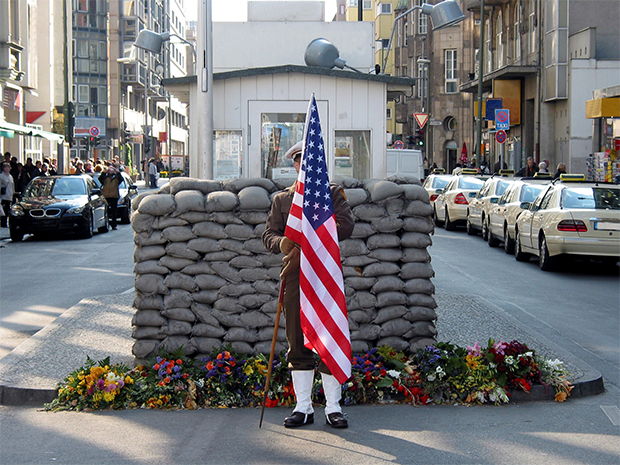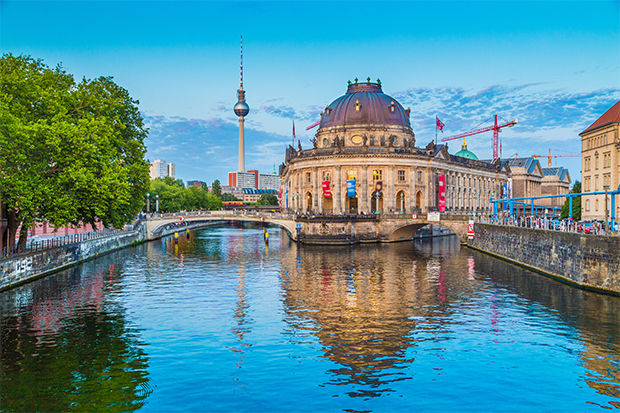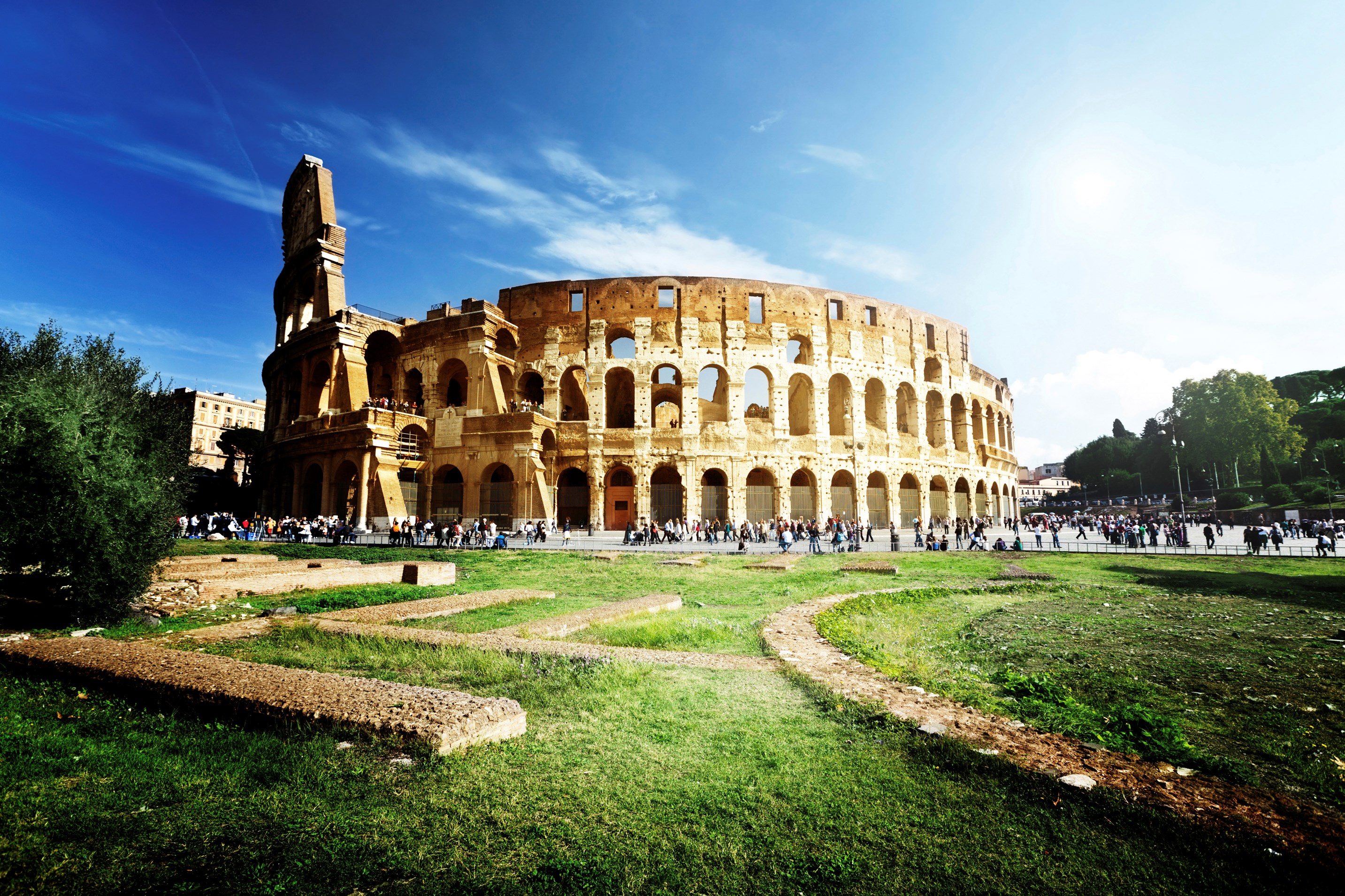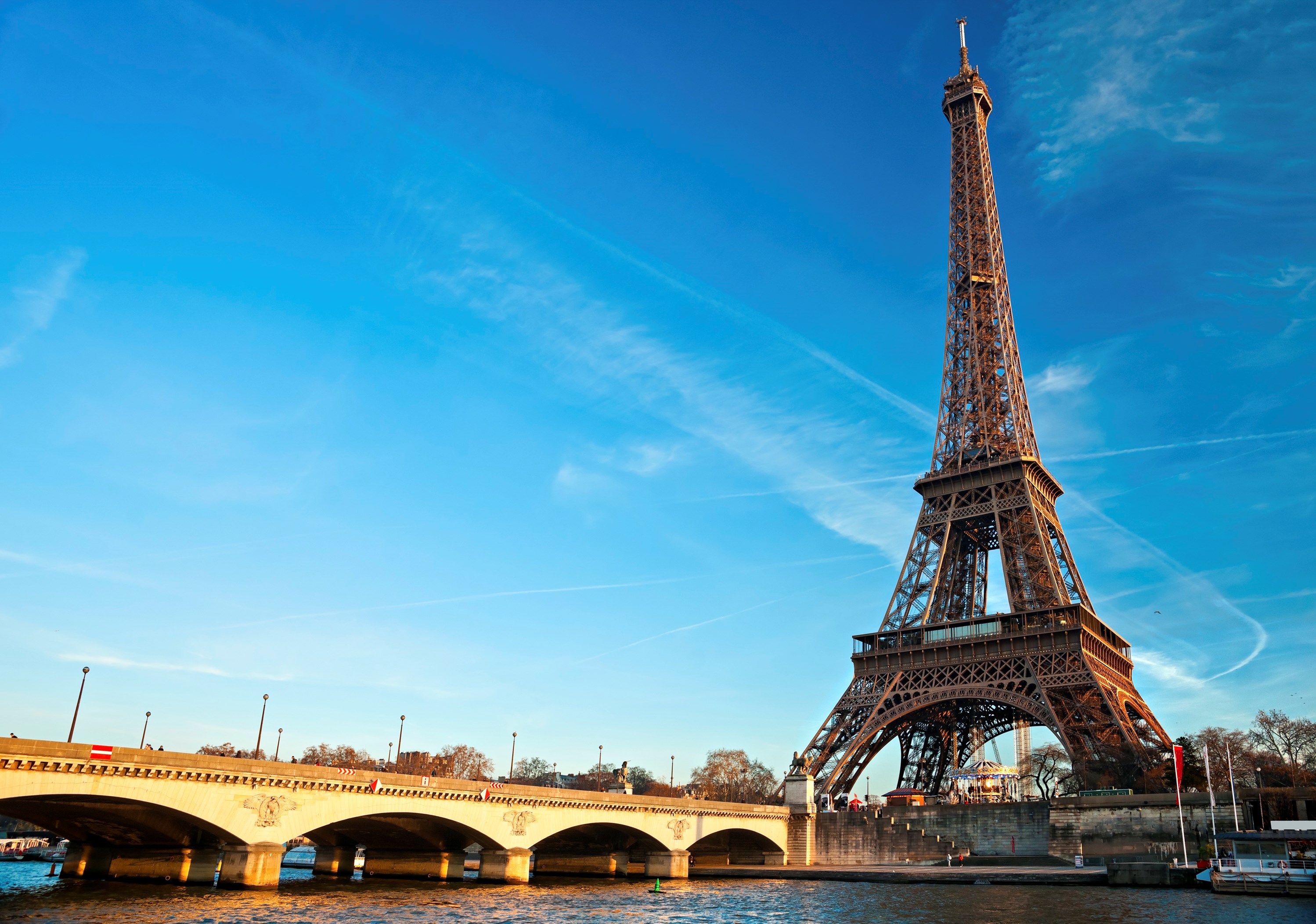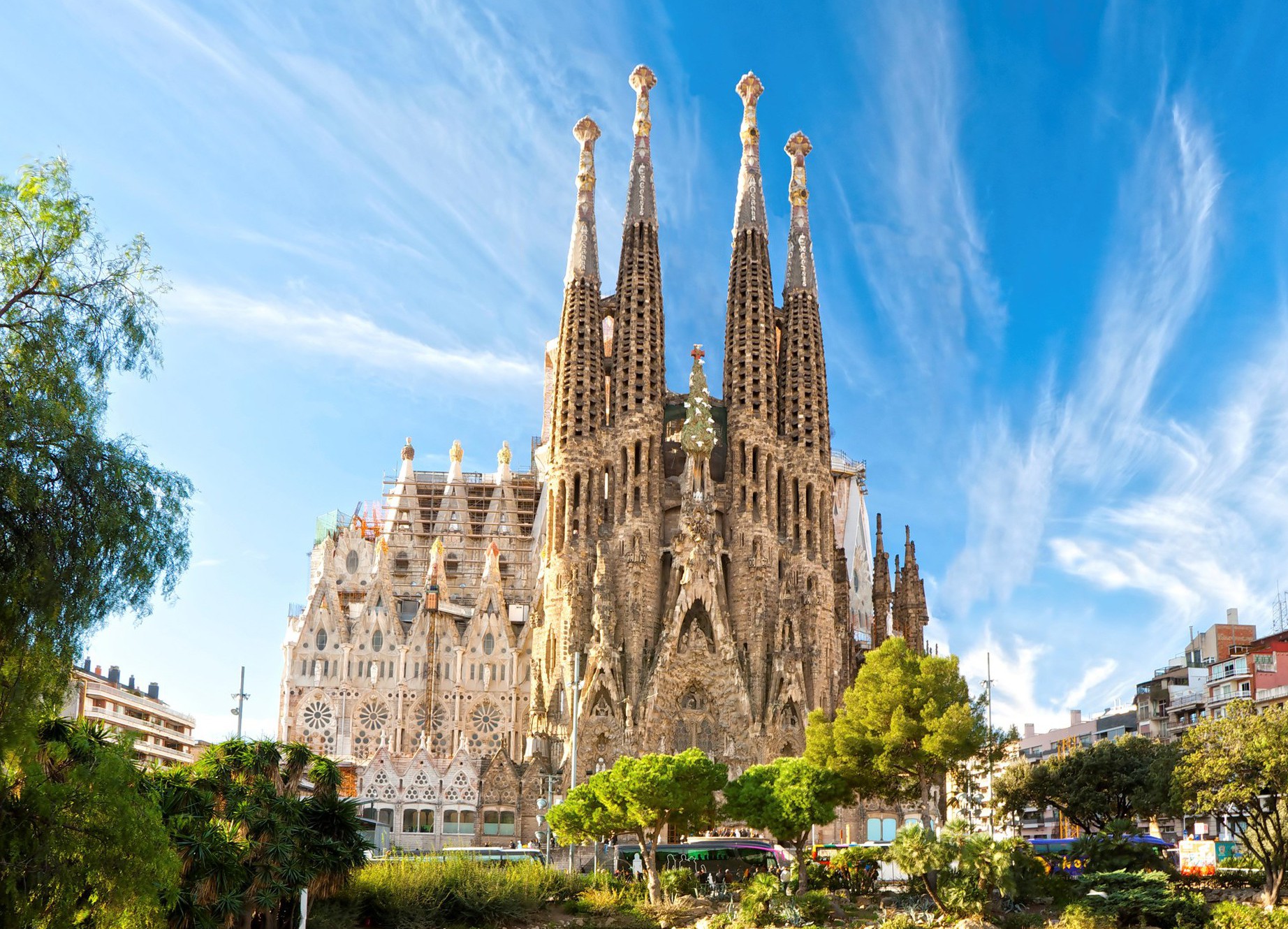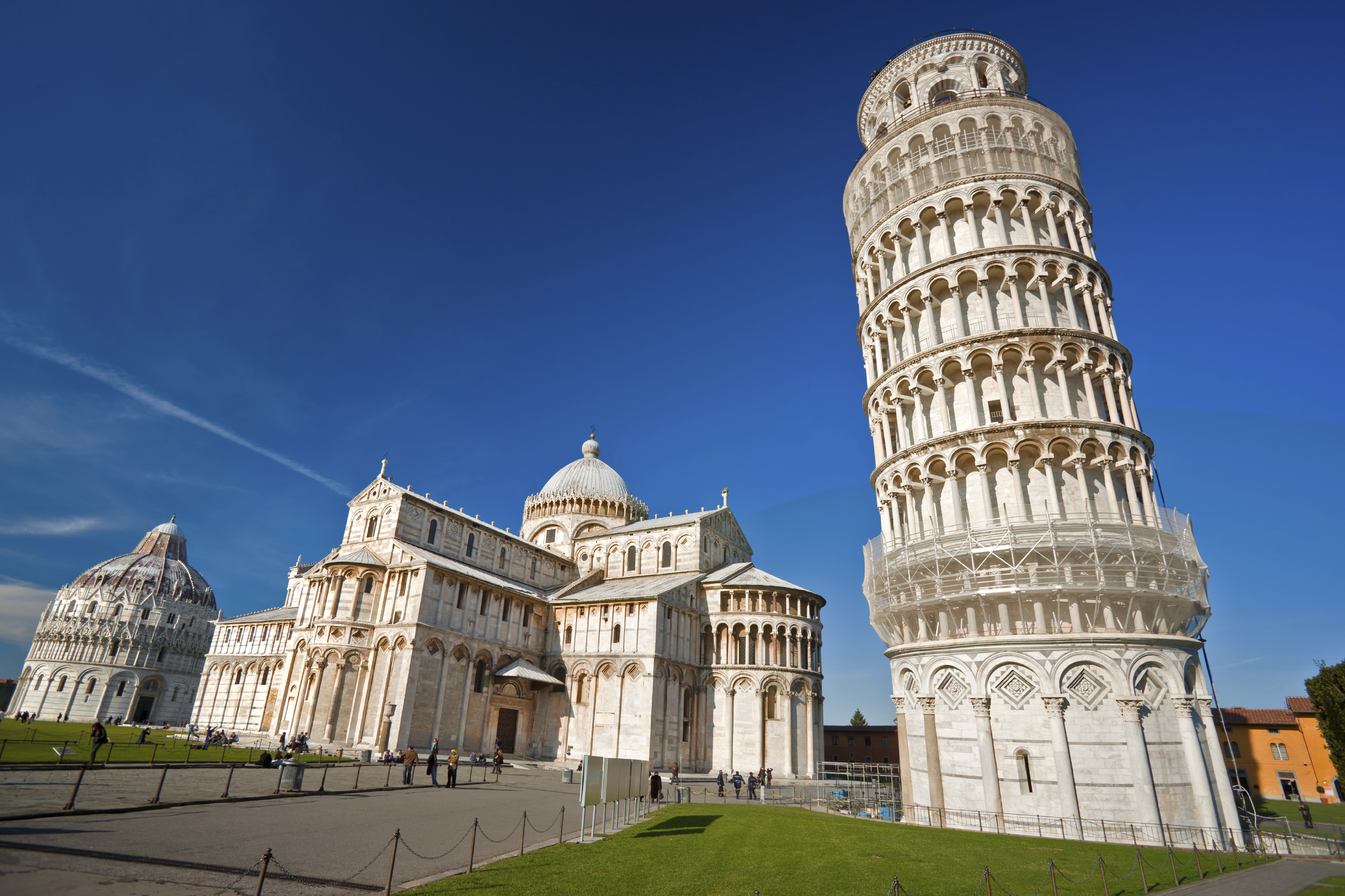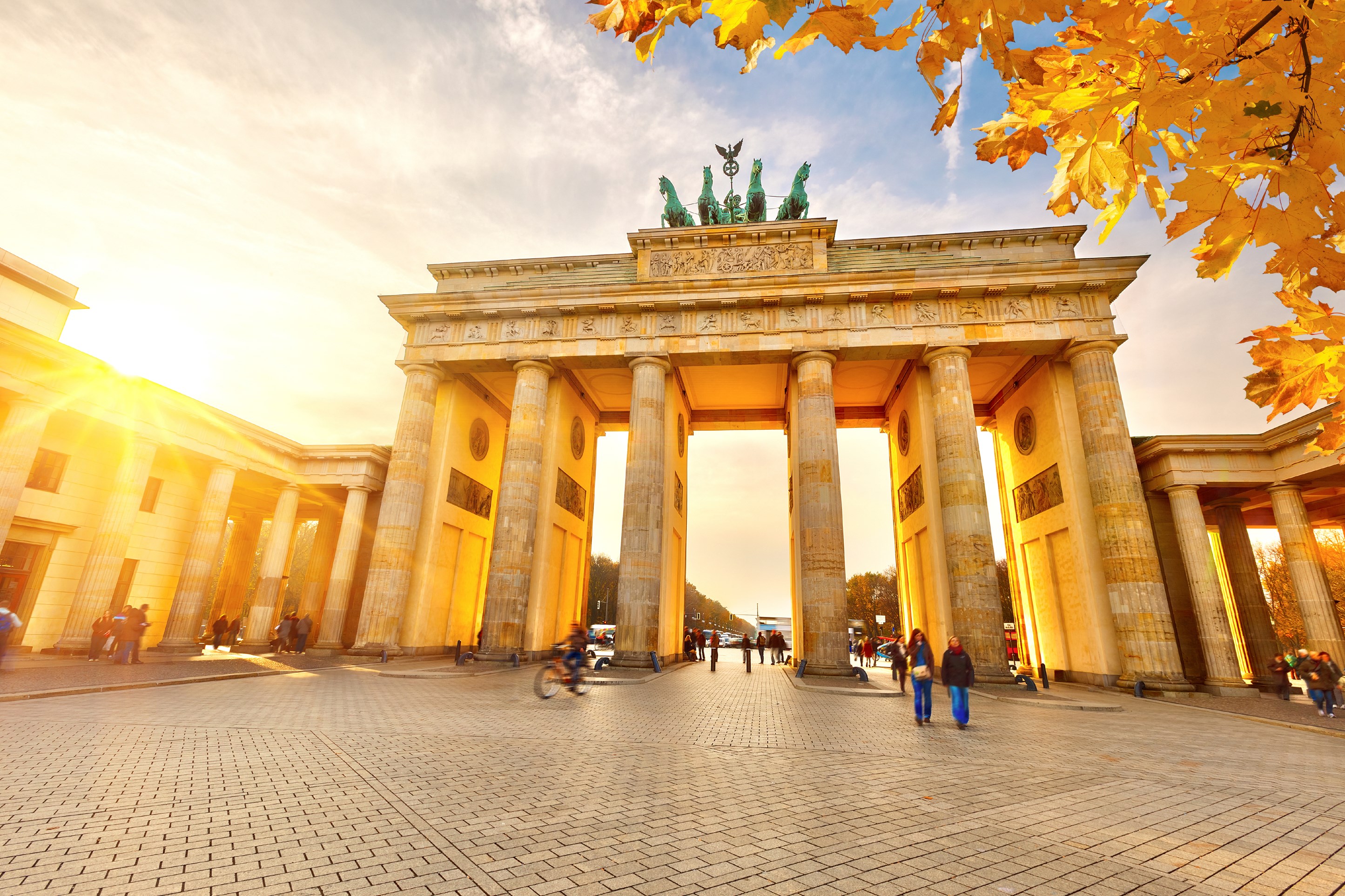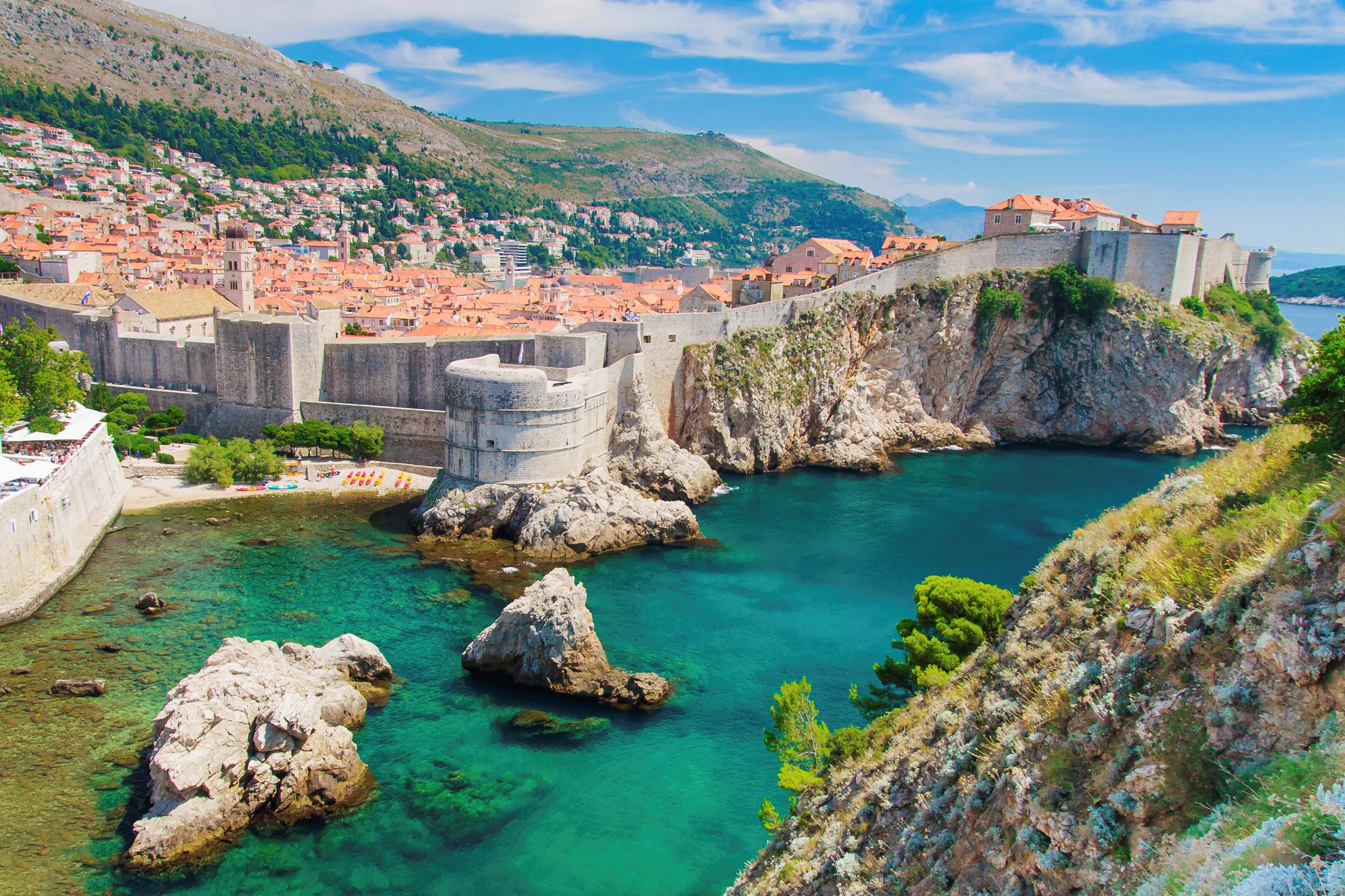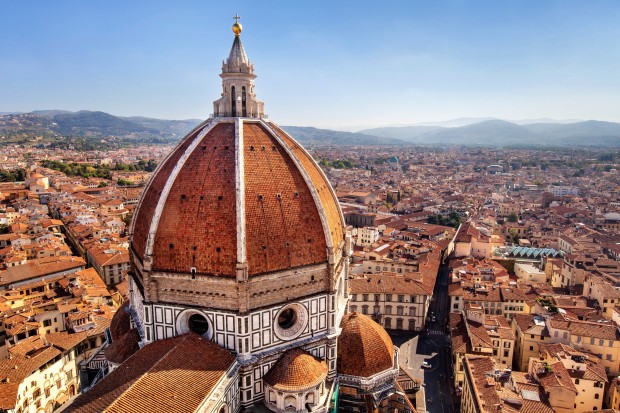Think of Europe, and we know what would spring to mind, popular holiday and sightseeing destinations, such as the likes of Italy, France, Germany and Portugal, for example. But what about those destinations a little further east?
It may not have the most glamorous reputation, when you have the glitz and glamour of western Europe heavy weights like the French Riviera and the sunny Spanish coast to compare it to, but there’s a lot more to Eastern Europe than stag do’s and a cheap pint.
In fact, we don’t think we’re alone when we say it’s actually one of the most fascinating pockets of Europe.

From the Czech Republic to Russia, there’s plenty to see and do, and if you aren’t mesmerised by it all, we’ll eat our hat! But, as we’re not ones to keep things like this to ourselves, here are our top 5 reasons to enjoy a holiday in Eastern Europe.
History
Eastern Europe has more historical tales than you can shake a stick at. It is complex, it’s gruesome and it’s fascinating. The good, the bad and the downright ugly, from the Red Army to the Iron Curtain, there’s a lot to be learnt. And, you don’t have to be a history buff to be astounded by what can be found here.
Auschwitz, for example, is a place where the word ‘visiting’ simply does not explain the wave of emotion and the feelings that you experience when you are where the most deadly of the concentration camps stood.

In 2016, a record 2 million visitors, from all over the world, came to Auschwitz. Walking into the site, you’re met with the eerie reality of what happened there, not all that long ago, allowing us to re-live to the darkest echoes of the past.
Budapest offers a unique look at how previously independent communities of Buda and Pest, separated by the Danube, have come together to create one of Eastern Europe’s most popular cities.
From medieval castles to memorials built in honour of the Soviet liberation of Hungary from Nazi forces, it’s one of many fascinating cities that should be on every European explorer’s wish list.
In Berlin you can still learn about the reality of the segregation, including the Iron curtain that lead to the Cold War.

With parts of the Berlin Wall still visible and Brandenburg Gate now one of Berlin’s most popular attractions, the reminders of the past that separated the communist countries of Eastern Europe and capitalist countries of the west are still apparent and give us an interesting opportunity to learn about the history of Europe as a whole.
Variety and Culture
Within a relatively small area of Eastern Europe, you can enjoy a variety of different cultures. From Finland to Russia, the cultural landscape is diverse. You can even cover a whole spectrum of exciting destinations is just a short time, as there are plenty of exciting countries in close proximity to each other.
Even though the east is rapidly becoming more westernised, enjoy the Bohemian lifestyle in the Czech Republic, the rich culture of Russia with its outstanding arts, music, and of course, ballet.
Even cities such as Prague and Krakow are still steeped in fascinating tradition. Cobbled streets, horse and carts and plenty of museums and theatres, you can be sure to get a cultural feast in either of these cities.

But, it’s certainly doesn’t end there. With the likes of Vienna, Ljubljana and Dubrovnik, there’s plenty to see for all the culture vulture’s out there.
And, best of all, you’ll get more for your money! In most areas you’ll find a vast difference in costs between Eastern Europe and its western counterpart. A pint of beer a relative steal, and a tasty meal just a snip at what you’d expect to pay, even at home.
Sight-seeing
A real crowd pleaser, Eastern Europe doesn’t fall short when it comes to photo opportunities. Forget about the Eiffel Tower, here we’ve got the un-sung heroes that might even top the list when it comes to sightseeing opportunities.
As Winston Churchill once said “The Balkans produce more history than they can consume” – and that’s just the start of what’s on offer! In fact, Vogue called Eastern Europe 2017’s hot travel destination. Ooh, you trendsetter, you!
As we’ve already stopped off there, let’s delve a little deeper into Prague… it is host to a wonderful selection of landmarks, most famously the Astronomical Clock, and of course, Charles Bridge.
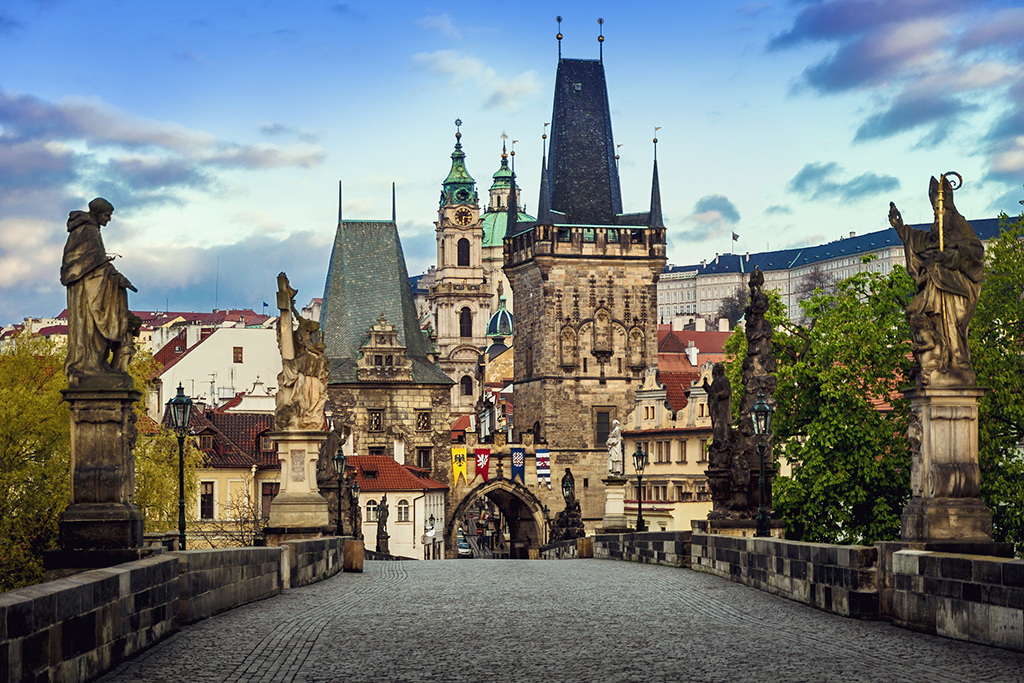
In fact, in 1989, the largest number of tourists were recorded at Charles Bridge, coming in at a whopping 1562 people. Doesn’t sound like a lot? Considering the bridge is only 1600 feet in length, and with four lanes of traffic, that’s almost one person per foot!
But, of course, that’s only dipping your toes into this amazing city. There’s also Prague Castle, Petřín Park and Wenceslas square right on your doorstep. Luckily, there’s also a host of fantastic bars, restaurants, and cafes, if you need to take the weight off for a minute or two.
The imperial city of Vienna gives you a chance to see incredible architecture, such as the Hofburg Palace, in all of its glory. And, of course, we have to mention the Giant Wheel.
What better way to see the city than from the top of a 64 metre tall Ferris wheel? It’s also one of the oldest operating wheels in the world, so it has its historical value, too.
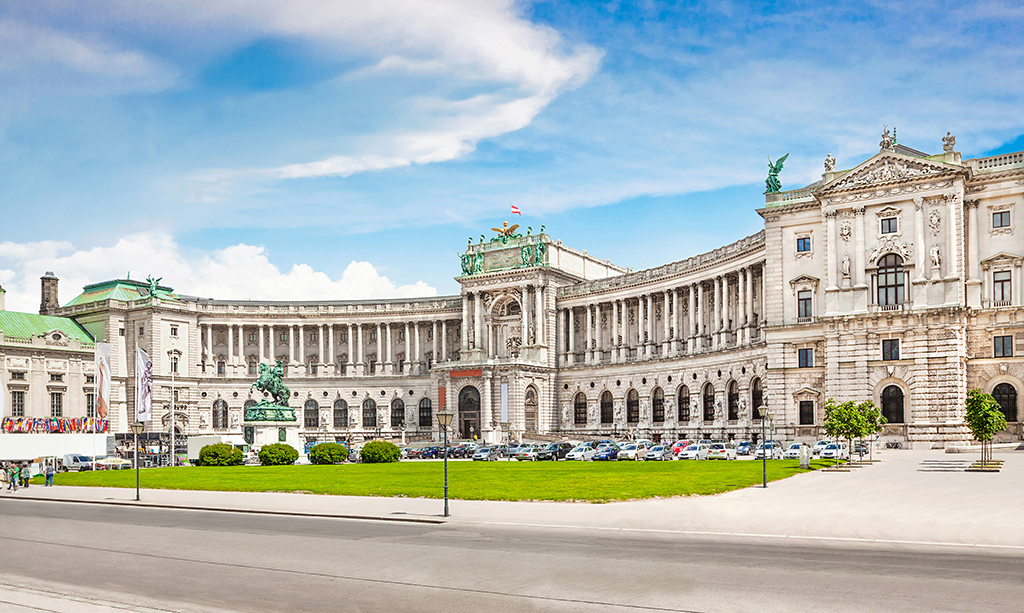
Whilst in the ‘City of Music’, for all you Musicophiles out there, there’s plenty of sights that sing to your tune, having been home to Mozart, Beethoven, Johann Struas and Brahms, you can even head over to Schoenbrunn Palace where Mozart presented his first concert at the age of six!
And what about the UNESCO world heritage site of Warsaw’s old town? With the Royal Castle and King Zygmunt III Waza Column, there’s plenty to see whilst you’re there.
That’s before we even mention the spectacular sights of western Russia. With plenty to see in Moscow and St. Petersburg from the Kremlin to the Bronze Horseman statue, you will certainly leave with a lasting impression.
Phew! That’s enough to fill any photo book, and that’s just skimming the surface…
Food and Drink
If you’re into hearty and wholesome foods, you’ll be very excited by the Eastern Europe cuisines. You can find and array of traditional and unique dishes in each of the countries you visit, and if local cuisine is your thing, you’re in for a treat when you’re touring the east of the continent.
Soups, meats, fresh fish and vegetables, you’re on a tour of the taste buds as the food in eastern Europe is renowned for its spectacular flavour. A tasty goulash in Hungary, catch of the day on the Dalmatian coast, or maybe a hot or cold borsht in Poland (Beetroot soup, if you were wondering.).

But, as with many places in relatively close proximity, of course you’ll get some overlap. Stuffed cabbage, stews and even a tasty chicken schnitzel will be on the menu in many Eastern European countries.
And, if you’re not one to turn down the opportunity to try a new tipple, there’s plenty of local spirits to quench a thirst. From Russian Vodka to Polish Wódka, you can get a taste for Schnapps in Austria, Becherovka in the Czech Republic and a Palinka in Hungary.
Geography
From picturesque beaches to stunning mountain scenery, and all that is in between, Eastern Europe has it all.
Heading over to the coast of Croatia is fast becoming one of the top travel plans of many Brits and it’s easy to see why. White, sandy beaches and the crystal clear waters of the Adriatic, it’s far from the dull and dreary scenes we’re so used to at home.

Heading inland, if you’ve got a head for heights, the Tatras Mountains are certainly a good shout. Forming the border between Poland and Slovakia, their granite peaks were formed over 60 million years ago and attract over three million visitors a year!
But, even with the heavy footfall from inquisitive tourists, the mountains have maintained their pristine state and well worth a visit if you want to see nature at its finest.
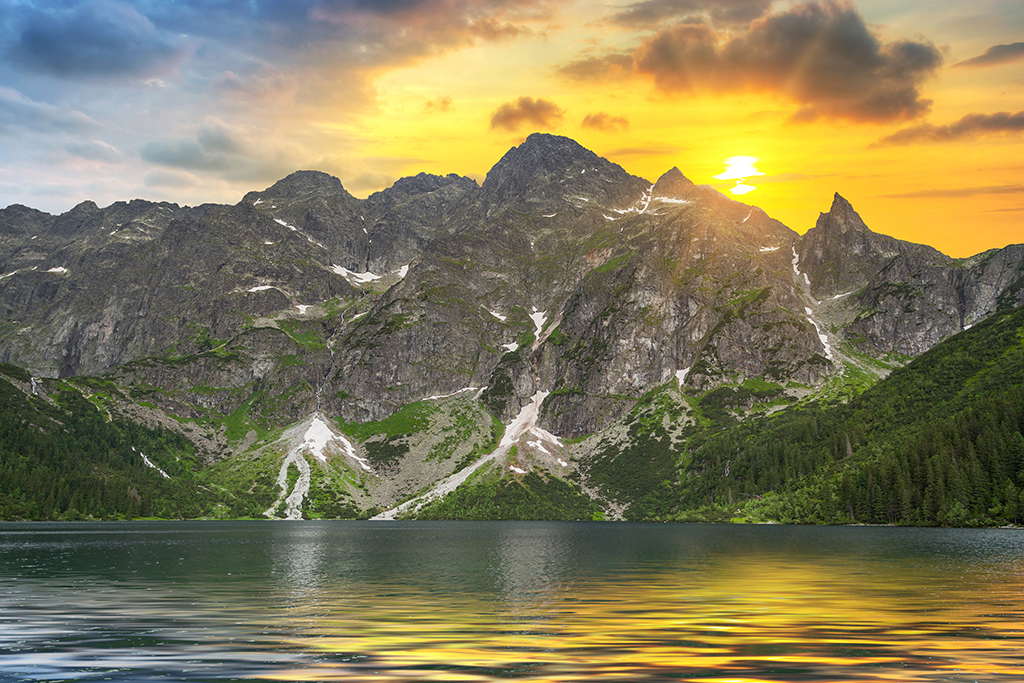
We’re even treated to some of the most amazing waterways offering some incredible river cruising opportunities along the River Danube. Flowing through Germany, Austria and Hungary, you’ve got the perfect opportunity to embark on possibly some of the most relaxing sightseeing trips in Europe.
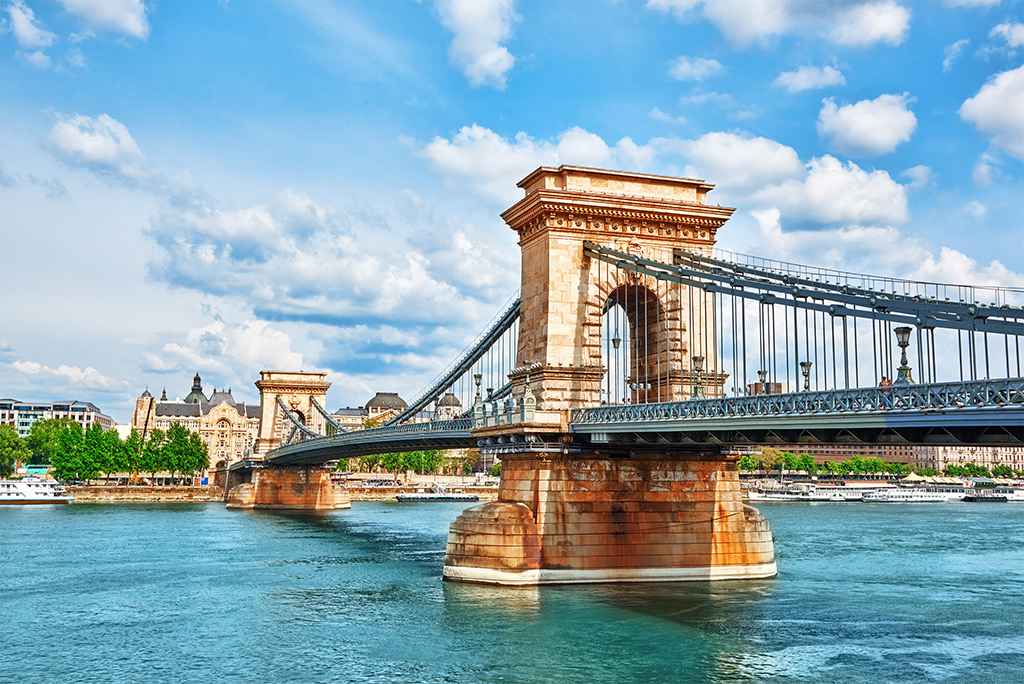
We could go on for days, but don’t let us just tell you how great Eastern Europe is, let us show you. Take a look at our exciting range of eastern European coach tours, here.




